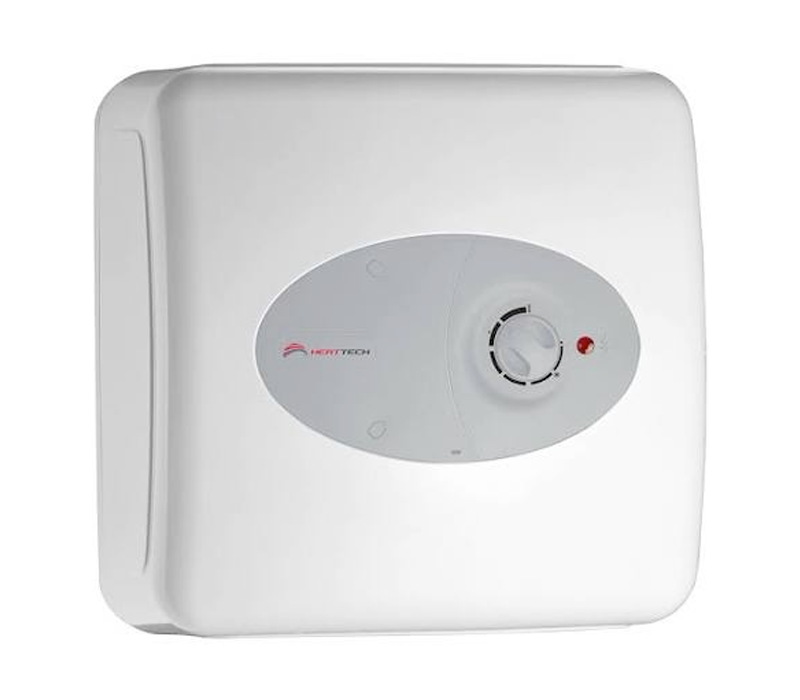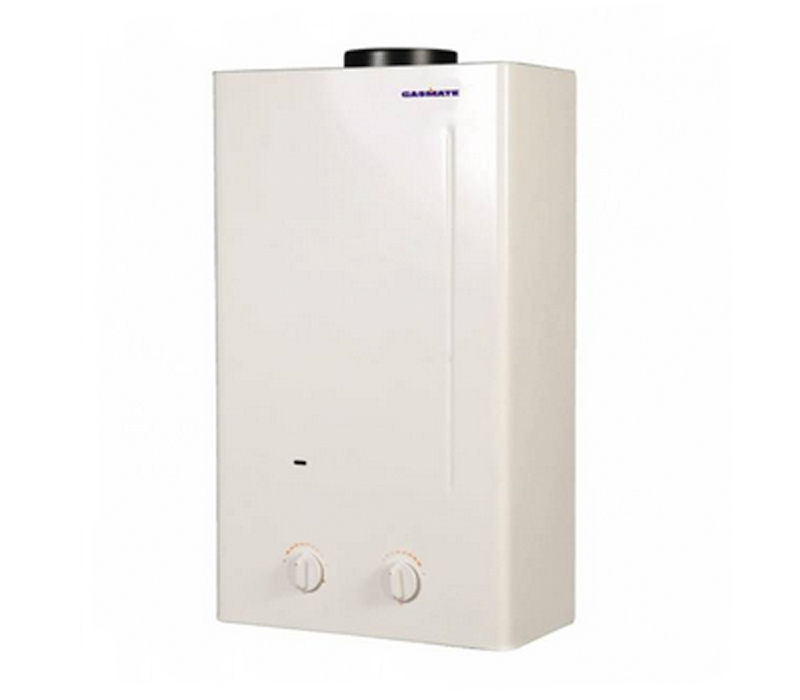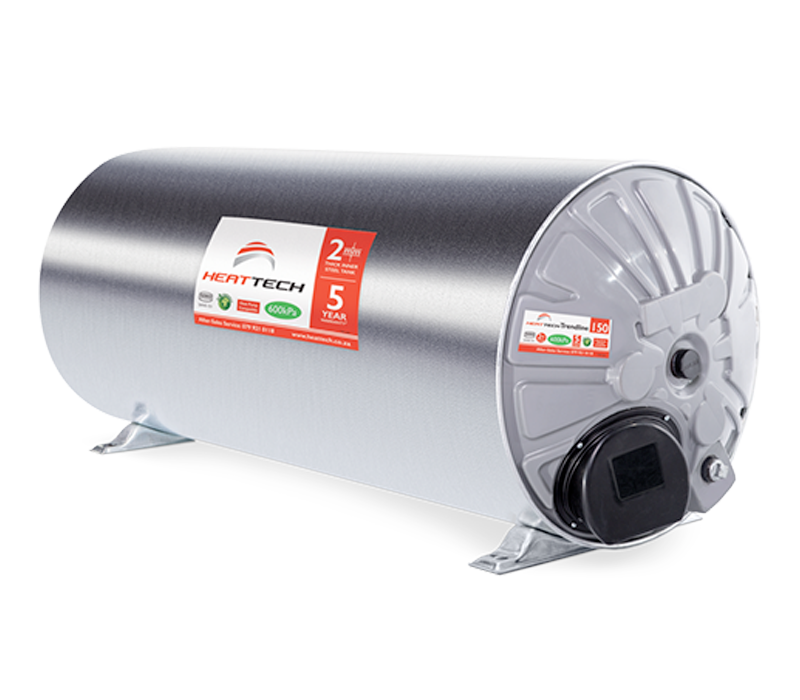Geysers
GEYSERS
ELECTRIC WATER HEATERS (GEYSERS)
Switching geyser on and off
Switching the geyser on and off all the time has no detrimental effect to the geyser as it has a mechanical thermostat that is constantly switching on and off by nature of its operation.
Geyser thermostat temperature
The ideal setting for a thermostat is 50 to 55 degrees in summer and 60 to 65 degrees in winter. The setting should never be lower than 50 degrees as will promote bacterial growth in the water.
Timer switch
It is advisable to contact an electrical merchant (store) to find out about the different makes of timer switches. The size should be no less than 20 Amps. Ensure that the timer has a spring reserve or battery to prevent time loss during load shedding.
Geyser blanket
A geyser blanket will save on electricity but the saving is minimal. The saving will be more noticeable in winter months when the temperature in the roof plummets. Tests have shown that this has the potential to save up to 20% of the 2.6kW of electricity required to reheat the water if the geyser had been switched off for 24 hours. Installing a geyser blanket and insulating the pipe work can on average save a household of four people between R180 to R250 per annum, based on an electricity cost of R0.45c per kW.
Exposed pipe work on the hot water supply from the geyser can also be insulated with polyethylene foam lagging which will assist in some energy saving, particularly in winter.
Saving Electricity
Geysers manufactured to SABS standards are strictly controlled in terms of their standing heat loss and the insulation requirements are regulated by SANS 151 (SANS – South African National Standards).The maximum allowable heat loss for a 150lt capacity geyser (most common geyser size) is 1,377kW per 24 hours at a stored water temperature setting at 65 degrees C and no water is drawn off during the 24 hour period. This translates to a temperature loss of between 8 to 10 degrees C over the 24 hour period. A 150lt size geyser will take close on to 3 hours to heat from completely cold water (15 degrees C) to 65 degrees C, which equates to the usage of 8.72kW of electricity with a 3kW element and will cost approximately R14,38 (assuming R1,65/kWh), however one must remember that a geyser is seldom heated from completely cold, as not all the hot water is drawn off at once.
Let’s say the water in a 150lt size geyser has reached the temperature setting of 65 degrees C and the geyser is then switched off for 12 hours and no water is drawn off. This will equate to an approximate saving of 0,87kW @ R1,65 per kW, thus a saving R1,43 per day and if this practice is carried out every day over a month (30 days), the monthly saving will be R42,90 per month, not the high savings some may think they would make.
By switching off the geyser over peak electricity demand times (mornings and early evenings), you are assisting Eskom by load shifting, however saving little monetary wise. Switching the geyser ‘on’ and ‘off’ will cause no harm to the geyser.
The only real way to reduce electric consumption on a geyser, which will be of financial benefit, is to reduce the amount of water that is heated and drawn off i.e. reduce your hot water consumption, and reduce the temperature setting of the water on the thermostat. Ideal setting is 50 to 55 degrees in summer and 60 to 65 degrees in winter.
All geyser work is carried out in Accordance with SANS 10254




